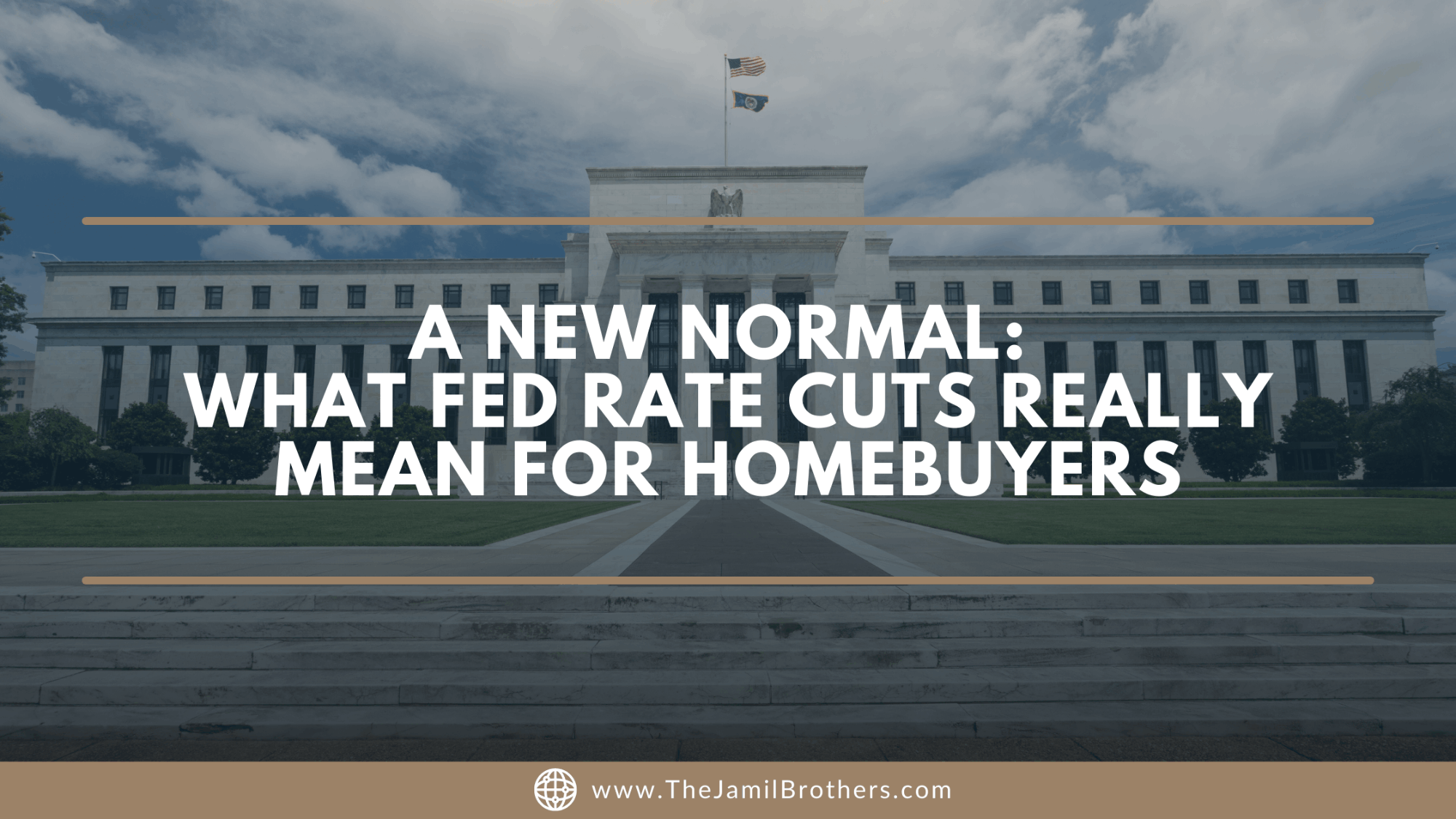Fed Rate Cuts May Be Coming—But Don’t Expect 3% Mortgages Again

Jerome Powell signals relief ahead, but warns that rates will stay higher than the pre-pandemic era.
After two years of aggressive interest rate hikes, the Federal Reserve is finally preparing to pivot toward cuts. But before homebuyers and sellers start celebrating, Fed Chair Jerome Powell made one point clear: the era of ultra-low 3% mortgage rates is not coming back.
Powell’s recent statement reflects a new reality. While inflation is cooling and the Fed is ready to ease monetary policy, rates will remain “higher than what many became accustomed to in the 2010s.” For the housing market, this means a mix of opportunities and challenges depending on whether you’re buying, selling, or holding onto a mortgage.
Powell’s Key Takeaways on Rates
Powell’s remarks provide clarity on how the Fed is thinking about the future path of interest rates:
- The Fed is preparing to lower rates later this year as inflation shows consistent signs of cooling.
- Despite this, Powell stressed that rates will stay above the near-zero levels of the early 2010s.
- The Fed’s focus remains on balancing price stability and economic growth, without reigniting inflation.
- Investors and consumers hoping for 3% mortgages will likely be disappointed—the market has entered a “higher for longer” environment.
Why Rates Won’t Return to 3%
Mortgage rates at 3% were a product of extraordinary circumstances. The 2008 financial crisis and the pandemic prompted the Fed to keep rates near zero and buy trillions in bonds, pushing borrowing costs to historic lows. Those conditions don’t exist today.
The U.S. economy remains resilient, with low unemployment and steady growth. Powell and other Fed officials have said this strength means rates can remain in a moderately higher range without stalling expansion. Instead of 3%, the new normal may look more like 5–6% mortgages.
Impact on Buyers, Sellers, and Homeowners
Interest rate policy directly shapes the housing market. Here’s how Powell’s guidance affects different groups:
- Buyers: Relief is coming, but not a flood. Mortgage rates dipping closer to 5% may help affordability compared to 2023–2024 highs, but buyers shouldn’t expect the rock-bottom payments of a few years ago.
- Sellers: As affordability improves, demand could strengthen. More buyers re-entering the market may lead to steadier sales activity, though competition won’t mirror the frenzy of 2021.
- Homeowners: Millions of households who locked in 3–4% mortgages remain “rate locked,” hesitant to sell. This dynamic will keep inventory tight, even if rates edge lower.
The New Normal: Higher but Stable Rates
Historically, mortgage rates in the 5–6% range are not extreme—they’re close to long-term averages. The challenge today is that home prices are much higher than they were decades ago. This makes even mid-range rates feel burdensome for buyers, particularly first-time purchasers struggling with down payments and monthly budgets.
Still, stability matters. If the Fed follows through on its plan, buyers may feel more confident entering the market knowing that rates won’t spike unexpectedly. Sellers may also benefit as demand steadies. The “new normal” is less about cheap debt and more about predictable, sustainable borrowing costs.
FAQs
Will mortgage rates ever drop below 4% again?
Unlikely in the foreseeable future. The ultra-low rates of the 2010s were tied to extraordinary crises. Today’s stronger economy means the Fed sees little reason to revisit that era.
How will rate cuts affect housing affordability?
Lower rates can reduce monthly payments, making homes more accessible. But because prices remain elevated, affordability gains will be modest compared to the pandemic housing boom.
Should I wait for rates to fall before buying?
If you’re financially ready, waiting may not offer a big advantage. Home prices are still rising in many regions, which can offset savings from slightly lower mortgage rates.
Categories
Recent Posts










Let's Connect

